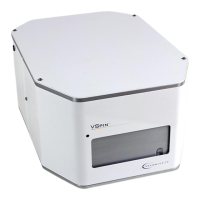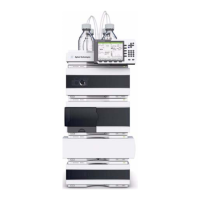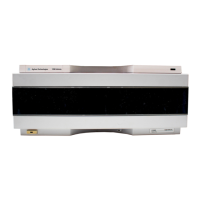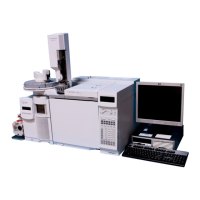Analytical Notes
Agilent Vapor Generation Accessory VGA 77 and VGA 77P User’s Guide 57
The sample and acid are allowed to merge first before the reductant,
usually sodium borohydride (NaBH
4
), enters the stream. (For
mercury analysis, SnCl
2
solution is recommended.) Argon is then
introduced into the liquid stream and the reaction proceeds while the
mixture is flowing through the reaction coil. Vigorous evolution of
hydrogen assists the stripping of the hydride (or mercury vapor)
from the liquid into the argon.
The gas is then separated from the liquid in the separator. The liquid
drains away to waste. At this point a second stream of argon is
introduced to ensure that the gas stream is not saturated with water
vapor and does not condense in the sample introduction system.
The gas containing the element of interest then passes out of the
separator into the spectrometer where it is analyzed.
As the VGA 77 produces a continuous signal, you should use the
integration mode with Agilent AA or ICP-OES systems. (Agilent AA
users can also use PROMT mode.)
Factors Affecting the Formation of Hydrides
Acid Concentration
The concentration of acid will affect the efficiency of hydride
formation in the VGA 77. You must ensure that the acid
concentrations of blank, standard and sample solutions are the same.
For multi-element analysis, a compromise acid concentration will be
required.
NOTE
The use of oxidizing acids (e.g. H
2
SO
4
, HClO
4
) should be avoided.
Oxidation State
The hydride-forming elements may exist in more than one oxidation
state in samples and standards. This can have dramatic effects on the
measured signal.
For example, for Te and Se, a 10x or more increase in the signal
intensity is observed if the lower oxidation state is prepared.
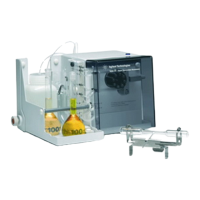
